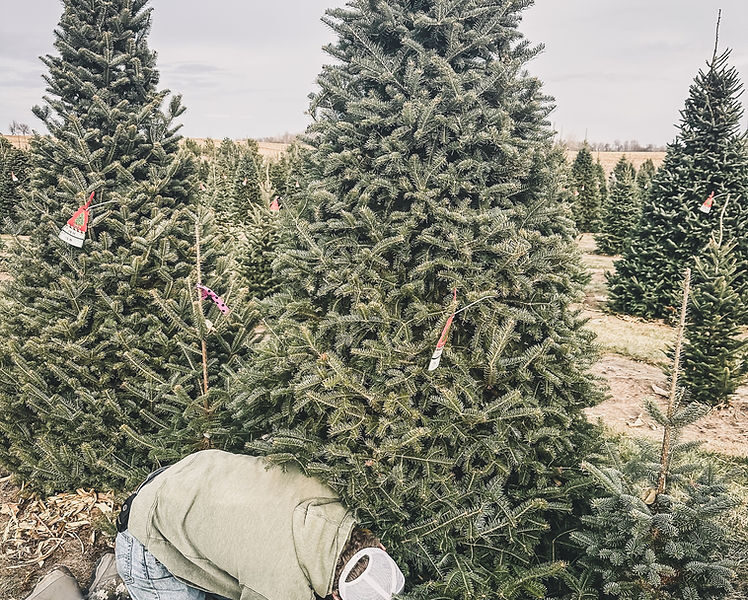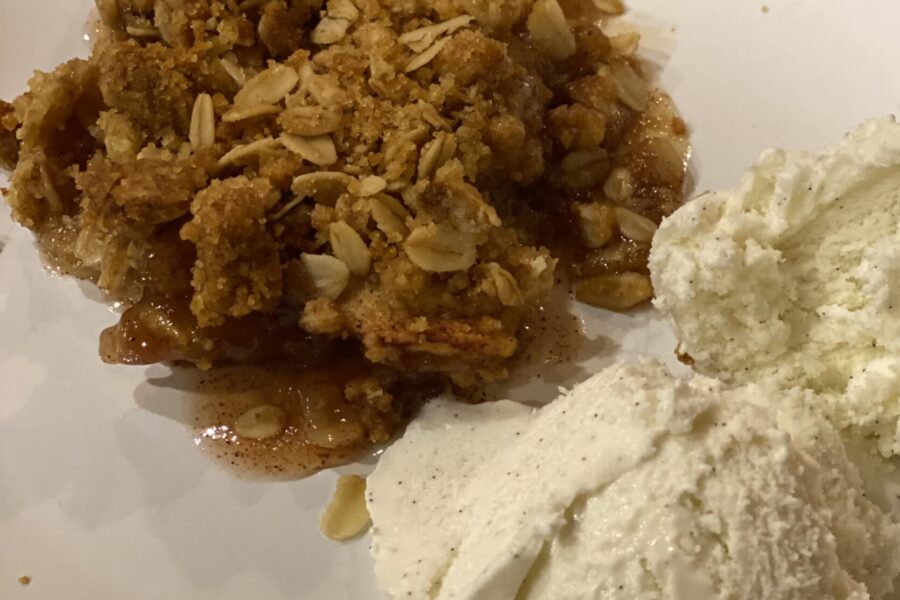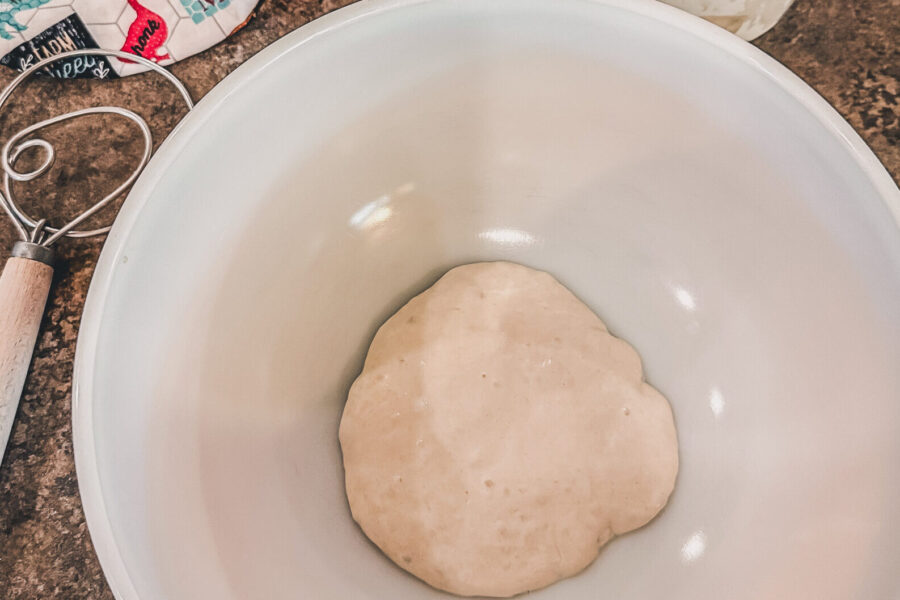Canning season is officially upon us. If you’re anything like me, the thought of canning when you’ve never done it before can be a little daunting. That’s at least how I felt when I first started. Through lots of research and practice I’ve become a lot more comfortable with the canning process. Here are a few canning essentials and tips that I have learned that have put me at ease when canning, I hope they do the same for you!
Busy Mamas Co. is reader-supported, this blog post contains affiliate links. When you buy through links on our site, we may earn an affiliate commission.
In today’s fast-paced world, where kitchen gadgets and technology constantly vie for our attention, it’s easy to lose sight of the essence of homesteading and preserving traditions. Canning is a time-honored method of preserving fruits, vegetables, and other harvests, it connects us to our roots and allows us to savor the bounty of the garden year-round. Remember that you don’t always need the newest tools to be successful in the kitchen. Next, we’ll explore the timeless essentials for successful canning, focusing on simplicity, practicality, and the joy of preserving food the old-fashioned way.
The first thing you’ll need to invest in is some quality canning jars, at the heart of canning lies the humble glass jar—a classic and indispensable tool that has withstood the test of time. Opt for high-quality, heat-resistant glass canning jars with sturdy lids and bands. Mason jars (Ball Canning Jars), specifically designed for canning, have been a favorite in our household for years. They come in various sizes to suit your preserving needs, making them a versatile addition to any kitchen. I have learned to shop around when buying canning jars looking for the lowest prices and have also found that buying in person is typically cheaper than buying online. We typically use quart, pint and half pint jars for most of our canning. Apart from jars there are a few other things that I’ve found handy to have while canning:

- Canning Funnel: A funnel with a wide mouth is essential for filling jars neatly and efficiently, minimizing spills and waste
- Jar Lifter: This handy tool allows you to lift hot jars in and out of the canner safely, reducing the risk of burns and accidents. Make sure to get one with a silicon coating as it grips the jars better.
- Lid Wand: This tool simplifies the process of retrieving lids from hot water, making it easier to handle the sterile lids before placing them on jars.
- Bubble Remover: The canning measurer and bubble popper has been a helpful tool when measuring headspace. I am very precise when it comes to canning and this has helped tremendously with knowing the correct head space

- Large Pot and Water Bath Canner with a rack: Whether you choose a to use a water bath canner or a pressure canner based on the recipes you are using, having a large pot dedicated to canning is crucial for the preservation process. Another thing that most water bath canners come with is a rack, they keep the jars from sitting directly on the bottom of the canner.
If you are looking for a canning kit that includes the tools talked about above click here.
Beyond canning-specific tools, don’t overlook the usefulness of the everyday kitchen supplies that are already in your kitchen! They also come in handy during the canning process:
- Large Pot for Blanching: Blanching certain fruits and vegetables before canning helps retain their color and texture.
- Cutting Board and Knife: A sharp knife and cutting board are indispensable for preparing fruits and vegetables for canning.
- Colander and Strainer: Use these to rinse and drain produce effectively before canning.
- Timer: Accurate timing is crucial for successful canning.
- Clean Dish Towels and oven mitts: Have a stash of clean dish towels on hand for wiping jar rims and handling hot jars.
The second very important thing is your canning recipes and good produce and ingredients. The quality of your preserved goods starts with the ingredients you use. Opt for fresh, ripe produce sourced from your garden or local farmers’ markets. A key aspect of successful canning is preserving the peak flavors and textures of your harvest. I have found it best to try and can the produce as soon as possible after it has been harvested. I suggest starting with time-tested canning recipes, the “Ball Blue Book of Preserving” or “Ball Complete Book of Home Preserving” are a go to for us!
When you stick to recipes that have been thoroughly tested and proven safe, it helps to avoid the risk of spoilage and contamination. It can put you at ease knowing you’re using time tested recipes! When it comes to canning, safety should never be compromised. It is best to follow proper food safety guidelines, such as sterilizing jars, using new lids, and processing jars at the correct temperature and time. Adhering to safety practices ensures that your canned goods remain safe to consume for an extended period.
Another aspect of safety is understanding the acidity level of the food you’re canning. It is essential for choosing the right canning method. I like to use recipes that tell you if you need a pressure canner or water bath canner. High-acid foods, like tomatoes and fruits, can be safely canned using a water bath canner, while low-acid foods, such as vegetables and meats, require a pressure canner to prevent the growth of harmful bacteria.
In a world filled with technological advances, remember the beauty of simplicity and the time-honored techniques that have sustained generations before us. Successful canning relies on the essentials—the enduring tools, time-tested recipes, fresh ingredients, and proper safety measures. Embrace the joy of preserving food the old-fashioned way; roll up your sleeves, gather your basic canning essentials, and let the preservation journey begin!




